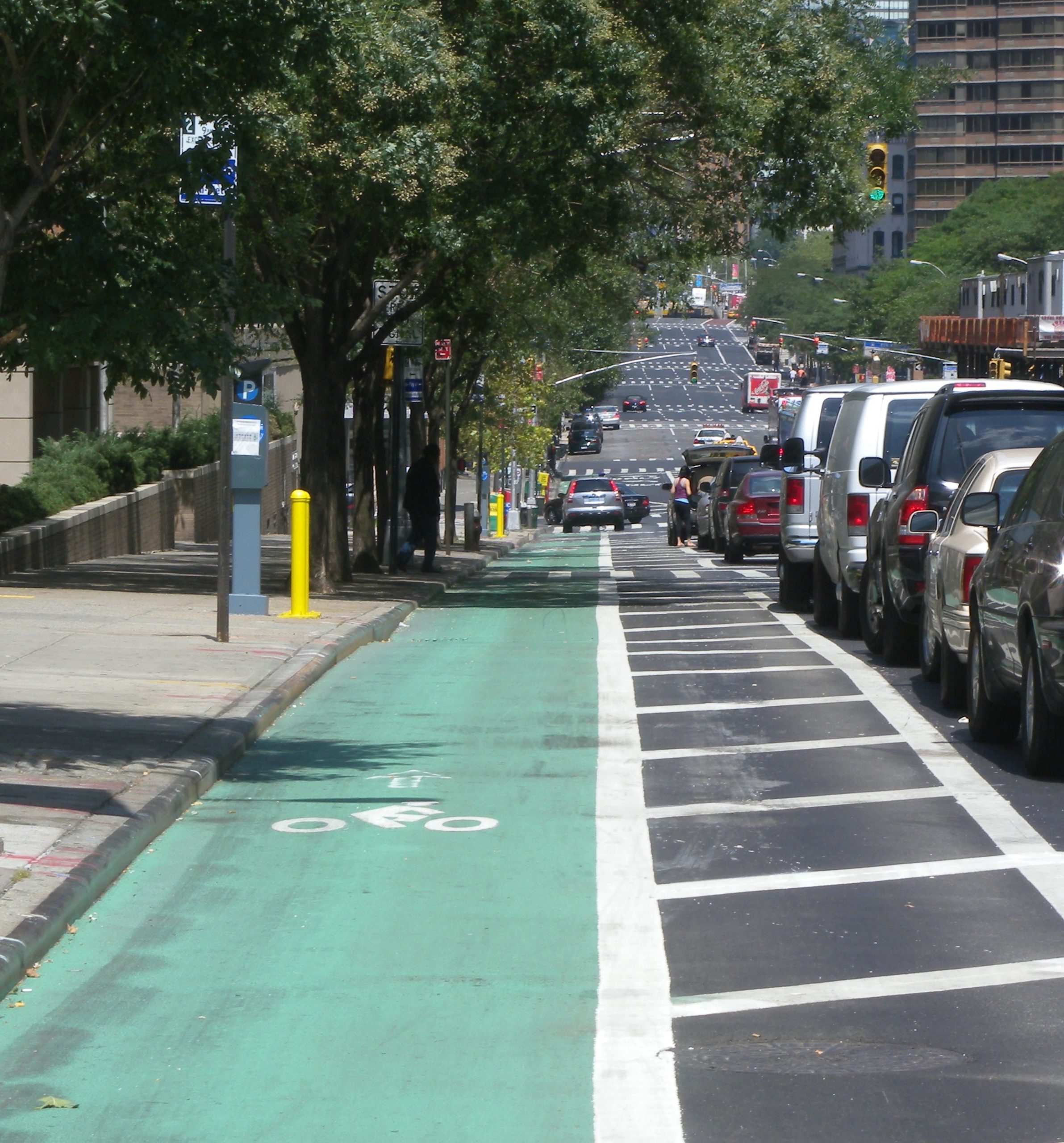
Cycling is a popular mode of transportation in New York, and it is essential to have adequate infrastructure to support it. Protected bike lanes provide a safe and secure environment for cyclists to ride, reducing the risk of collisions with motor vehicles, pedestrians, or other obstacles on the road. Studies have shown that protected bike lanes can reduce the number of crashes by up to 90%.
Bicycle accidents often result in catastrophic injuries or death
Unfortunately, many bicycle accidents still occur in New York City, and the consequences can be severe. Cyclists can suffer severe injuries such as broken bones, traumatic brain injuries, spinal cord injuries, or even death. As personal injury attorneys, we have seen firsthand the devastating impact these accidents can have on the victims and their families.
One of the most effective ways to reduce bicycle accidents is to create dedicated and protected bike lanes. Protected bike lanes are separated from vehicular traffic by physical barriers, such as curbs or bollards. This separation provides a safe and secure space for bicyclists to ride, reducing the risk of collisions with cars, trucks, and buses.
The decision by the Upper West Side panel to back crosstown protected bike lanes is a positive development that will benefit everyone who uses the road. It will create a safer environment for cyclists, reduce the risk of accidents, and promote more sustainable transportation. This decision will not only benefit bicyclists, but also pedestrians and motorists. Protected bike lanes create a clear separation between bicyclists and vehicular traffic, reducing conflicts and making the streets safer for everyone.
Read more in Streetblog
